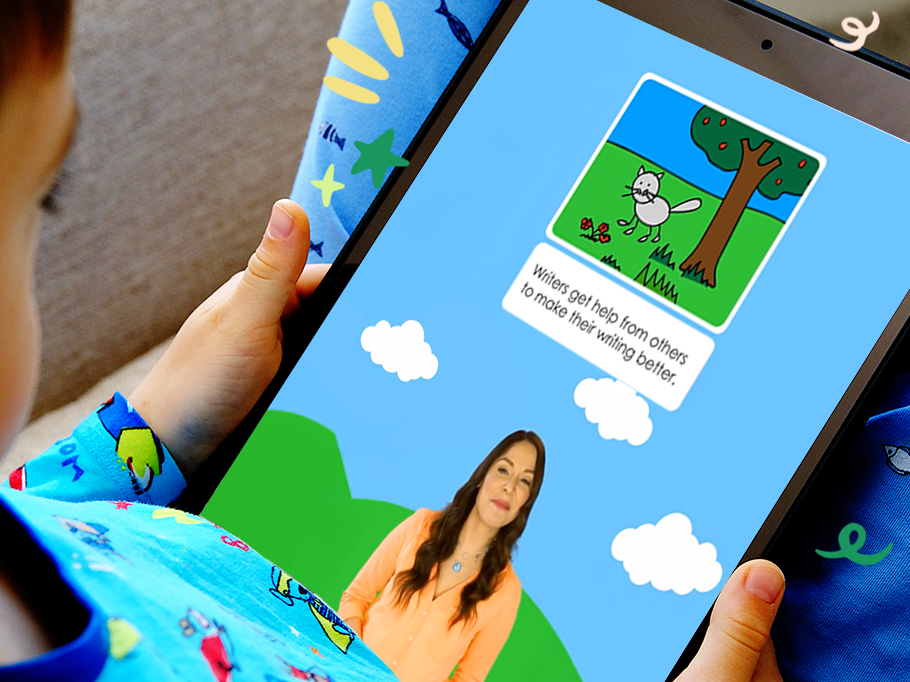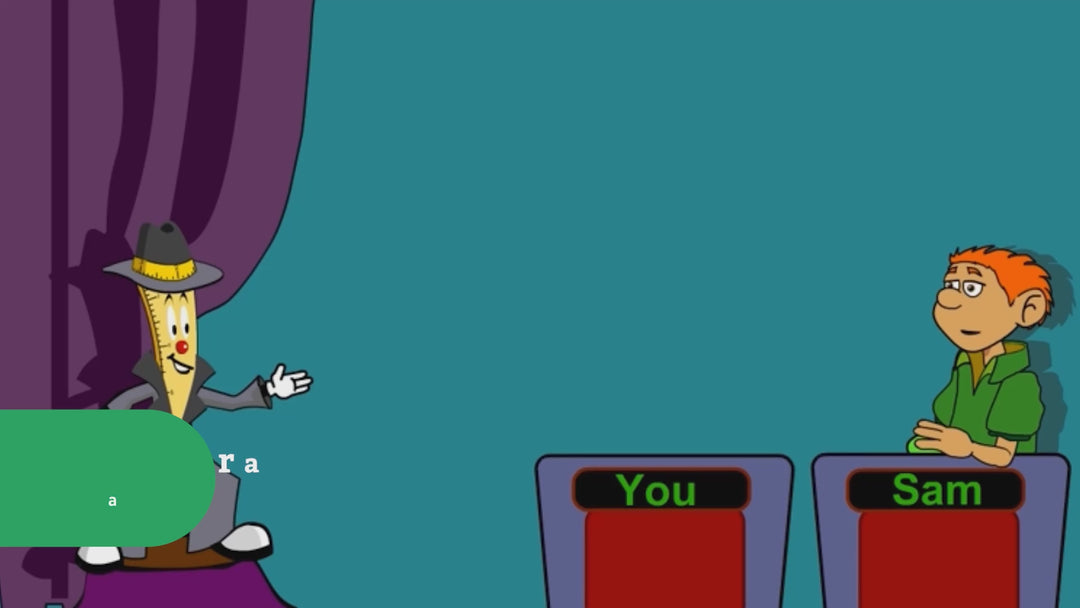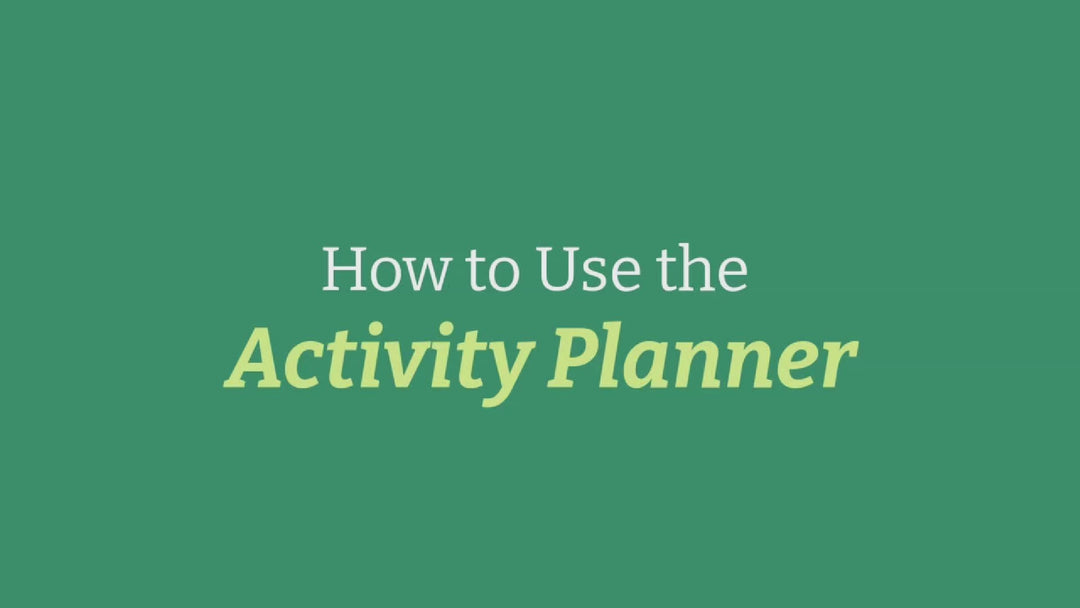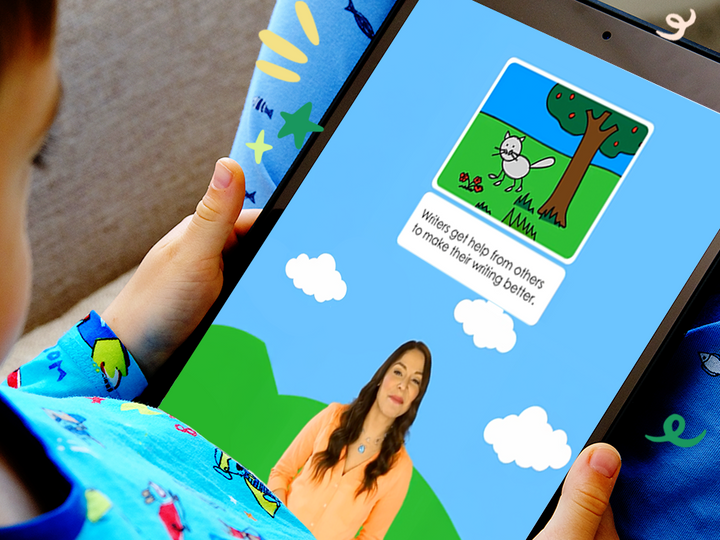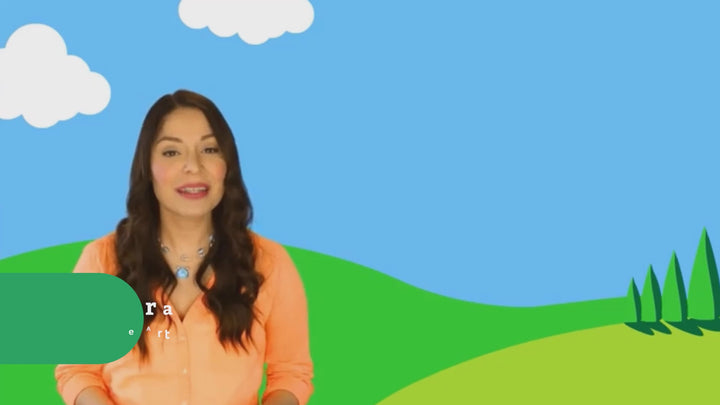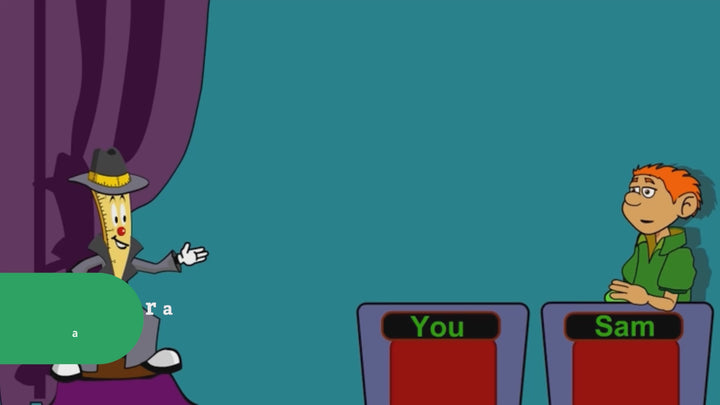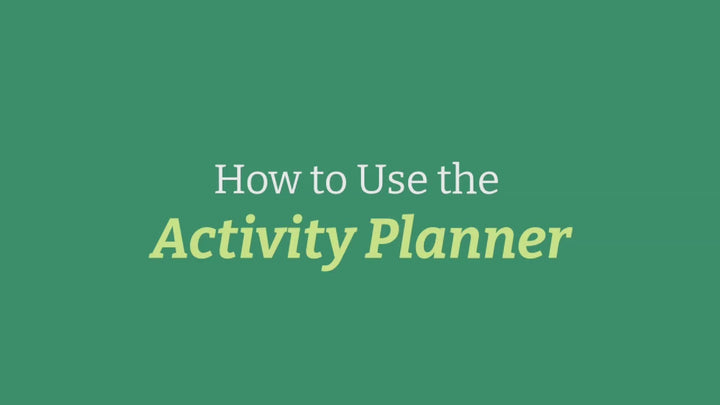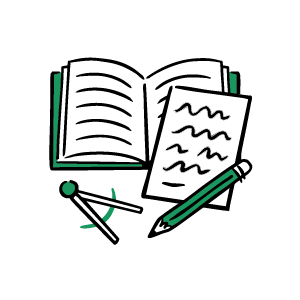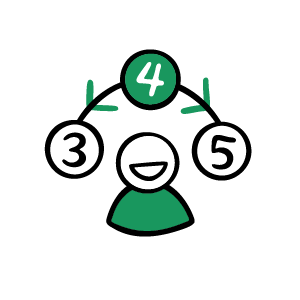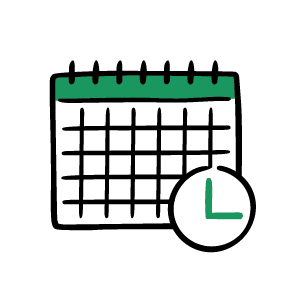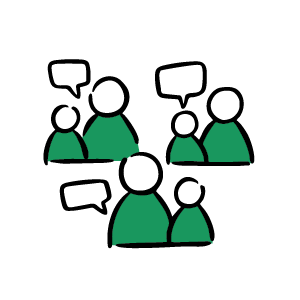Second Grade Curriculum
- 4 courses included
- 14-day satisfaction guarantee*
- Update grade level anytime
Subscribe more students, save more!
10% off
2 students
20% off
3-5 students
25% off
6+ students
Time4Learning is a complete, secular online homeschool curriculum. All courses are standards-based and designed to be self-paced, allowing students to move through material at a speed that works for them.
Each lesson includes
- Video instruction
- Interactive quizzes to reinforce learning
- Printable worksheets for offline reinforcement
- Hands-on activities and experiments to do at home
Your second grader is looking for the “why” behind everything. Our second grade curriculum meets this curiosity through exciting adventure tales that build writing skills. Fun math mysteries encourage second graders to learn about shapes, capacity, time, and graphing, while science units introduce them to matter, energy, and balance in nature. In social studies, your child will learn more about themselves while understanding their connection to the community.
Second graders are beginning to understand cause and effect and can solve more complex problems. We harness this ability in the second grade, and challenge learners to build on their existing numbers sense. Learners strengthen addition, subtraction, measuring, and data analysis and apply these skills to real world problems.
At Time4Learning, second graders discover that:
- Three-digit numbers can be represented in different ways, including using models, number lines, words, and equations
- Operations on either side of an equal sign must represent the same amount
- Figures can be split into equal shares
- Information presented in a graph can be used to solve problems about the data
Second graders are moving from "learning to read" to "reading to learn." Time4Learning develops this natural progression by extending comprehension activities and building reading fluency through animated lessons.
At Time4Learning, second graders learn that:
- Different types of literature make for interesting reading
- Reading helps us build understanding and perspective
- Organization of thought is developed through writing down our opinion, narratives, or research
- Phonics helps build reading confidence
Learners will meet the "Quest Kids" and their furry sidekick, Lucy. Students take part in comic book adventures that use inquiry-based learning to find answers to solve each quest and earn motivational badges.
At Time4Learning, second graders discover:
- What makes a community and the different types of communities
- How to use a compass rose on a map to describe locations
- What makes a good citizen and how community workers help a community
- Important symbols and figures in American history
Second grader's fine motor skills are more developed and they are able to conduct more detailed scientific inquiry through science tools, experiments, and hands on activities. Our curriculum grows their knowledge through the research-based 5E Model: Engage, Explore, Explain, Extend, Evaluate.
At Time4Learning second graders discover that:
- Scientific study includes exploration of chemical and physical changes
- Fast or slow, objects, people, animals, liquids, and even gases move
- Weathering and erosion change Earth’s features over time
- Cycles of change happen as the Earth spins on its axis while orbiting around the sun
This outline shows an example of both what your child will learn (the scope) and the order in which the lessons build on each other (the sequence). More detailed lesson plans are available in the parent account and are entirely customizable.
Second Grade Math
Chapter 1: Number Sense
- Even and Odd Numbers
- Skip Counting
- Compare Numbers
Chapter 2: Place Value
- Place Value to 100
- Place Value to 1,000
Chapter 3: Operations
- Fact Families
- Inverse Operations
Chapter 4: Addition and Subtraction
- Add 2- and 3-Digit Numbers
- Subtract with and without Regrouping
Chapter 5: Algebra
- Number Sentences
- Missing Numbers
Chapter 6: Money
- Coins and Bills
- Making Change
Chapter 7: Fractions
- Equal Parts
- Fractions of a Whole
Chapter 8: Geometry
- 2D and 3D Shapes
- Partition Shapes
Chapter 9: Measurement
- Measure Length
- Estimate Length
Chapter 10: Time
- Telling Time to 5 Minutes
- Elapsed Time
Chapter 11: Data
- Bar Graphs
- Picture Graphs
Chapter 12: Word Problems
- Two-Step Problems
- Problem Solving Strategies
Chapter 13: Review Skills
- Mixed Review of Concepts
Chapter 14: Math Tools
- Using Rulers and Number Lines
Chapter 15: Reasoning and Logic
- Patterns and Relationships
Chapter 16: Introduction to Multiplication
- Equal Groups and Arrays
Chapter 17: Introduction to Division
- Sharing and Grouping
Chapter 18: Probability
- Likely and Unlikely Events
Second Grade Language Arts
Chapter 1: Comprehension – Literature
- Finding the Moral in a Fable
- Character Response and Problem-Solving
Chapter 2: Comprehension – Informational Text
- Main Topic and Key Details
- Using Text Features
Chapter 3: Vocabulary Skills
- Context Clues
- Synonyms and Antonyms
Chapter 4: Language – Grammar
- Nouns and Verbs
- Adjectives and Adverbs
Chapter 5: Sentence Structure
- Complete Sentences
- Combining Sentences
Chapter 6: Punctuation and Capitalization
- End Punctuation
- Capital Letters
Chapter 7: Writing Process
- Planning and Drafting
- Revising and Editing
Chapter 8: Opinion Writing
- State and Support Opinions
Chapter 9: Informative Writing
- Facts and Organization
Chapter 10: Narrative Writing
- Characters and Events
Chapter 11: Poetry
- Sound Devices
- Rhythm and Imagery
Chapter 12: Speaking and Listening
- Listening Skills
- Speaking Clearly
Chapter 13: Reading Projects
- Book Reports and Presentations
Second Grade Science
Chapter 1: Matter
- Changes in Matter
- Physical and Chemical Changes
Chapter 2: Energy Transformations
- Types of Energy
- How Energy Changes Form
Chapter 3: Forces and Motion
- Pushes and Pulls
- Describing Motion
Chapter 4: Living Things
- Life Cycles of Plants and Animals
- Basic Needs of Living Things
Chapter 5: Earth and Weather
- Weather and Seasons
- Clouds and Precipitation
Chapter 6: Scientific Investigations
- Ask Questions and Plan
- Make Observations and Record Data
Second Grade Social Studies
Chapter 1: Wants and Needs
- Basic Human Needs
- Meeting Needs in Different Ways
Chapter 2: Geography and Maps
- Using Maps and Globes
- Recognizing Symbols and Directions
Chapter 3: Our National Identity
- Symbols and Landmarks
- Holidays and Celebrations
Chapter 4: Government and Citizenship
- Rules and Laws
- Responsibilities of Citizens
